Chapter 4
Sensation and Perception
By Boundless
Sensation involves the relay of information from sensory receptors to the brain and enables a person to experience the world around them.

The absolute threshold is the lowest intensity at which a stimulus can be detected.
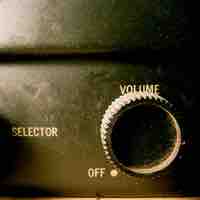
The minimum amount of change in sensory stimulation needed to recognize that a change has occurred is known as the just-noticeable difference.
Sensory adaptation is the decrease in the responsiveness of a sensory system that is confronted with a constant stimulus.
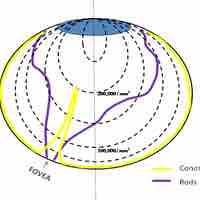
In the human visual system, the eye receives physical stimuli in the form of light and sends those stimuli as electrical signals to the brain, which interprets the signals as images.
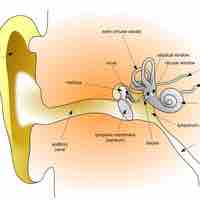
The human auditory system allows us to perceive and localize sounds in our physical environment.
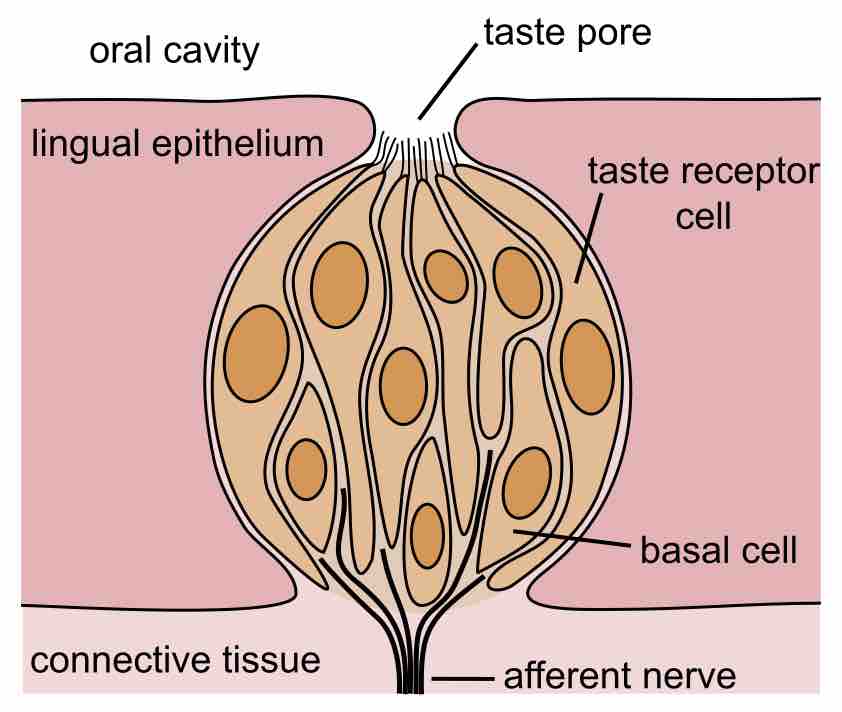
The gustatory system, including the mouth, tongue, and taste buds, allows us to transduce chemical molecules into specific taste sensations.
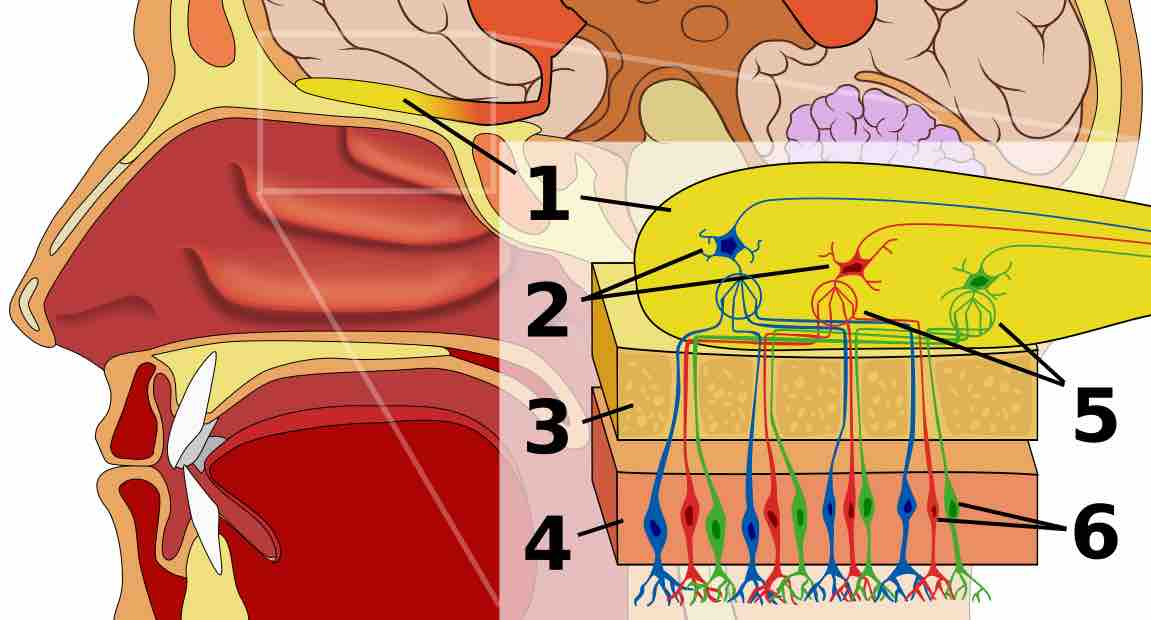
The olfactory system gives humans their sense of smell by collecting odorants from the environment and transducing them into neural signals.
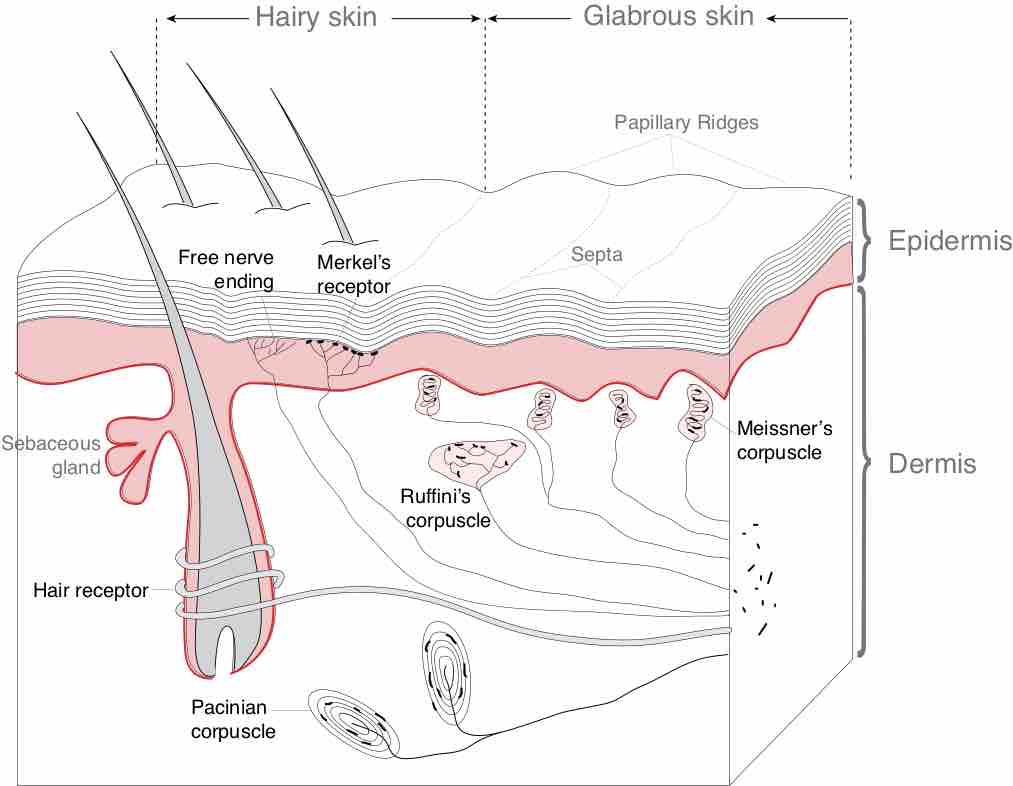
The somatosensory system allows the human body to perceive the physical sensations of pressure, temperature, and pain.
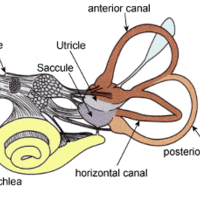
Two additional sensory systems are proprioception (which interprets body position) and the vestibular system (which interprets balance).

Perception is the set of unconscious processes we undergo to make sense of the stimuli and sensations we encounter.
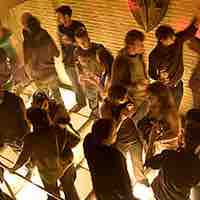
Selection, the first stage of perception, is the process through which we attend to some stimuli in our environment and not others.
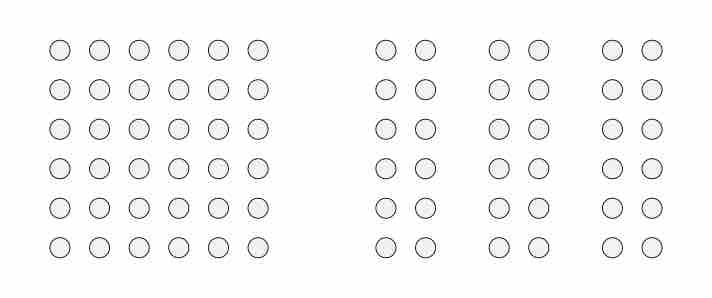
Organization is the stage in the perception process in which we mentally arrange stimuli into meaningful and comprehensible patterns.
Interpretation, the final stage of perception, is the subjective process through which we represent and understand stimuli.
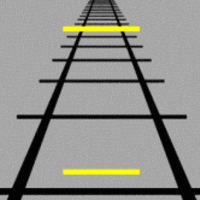
Perceptual constancy is perceiving objects as having constant shape, size, and color regardless of changes in perspective, distance, and lighting.

Perception of depth, size, and distance is achieved using both monocular and binocular cues.

Motion is perceived when two different retinal pathways, which rely on specific features and luminance, converge together.
We encounter more stimuli than we can attend to; unconscious perception helps the brain process all stimuli, not just those we take in consciously.